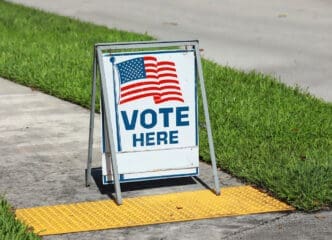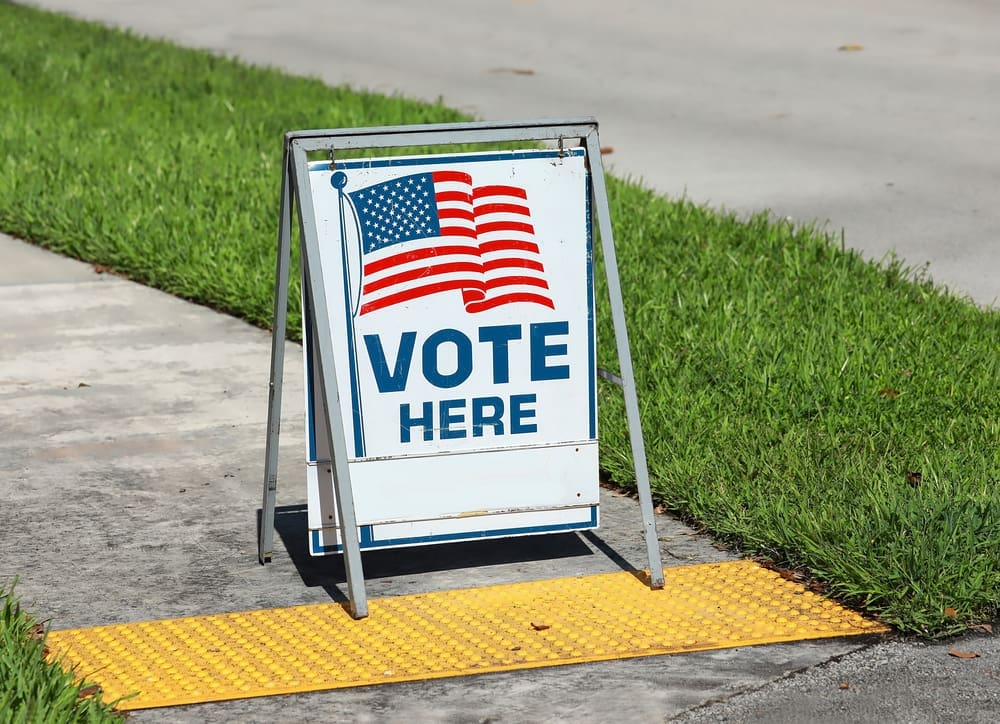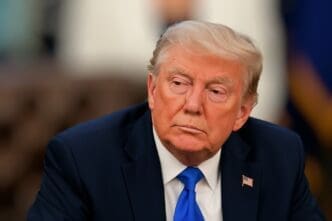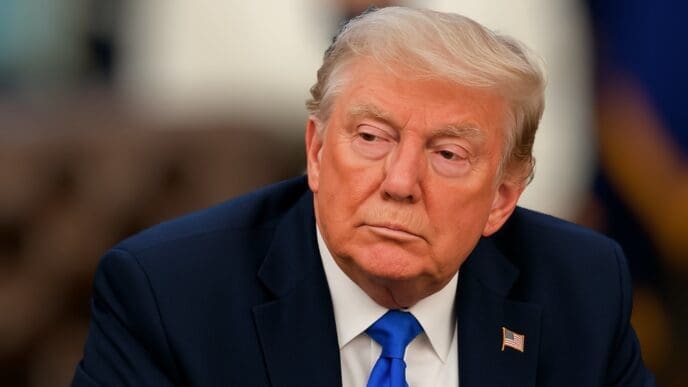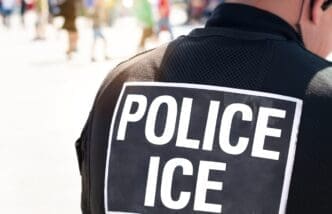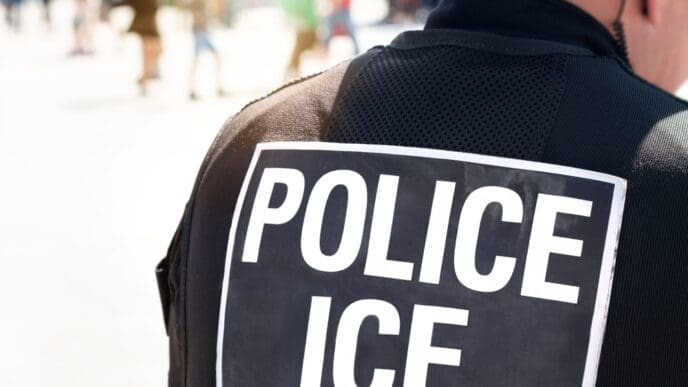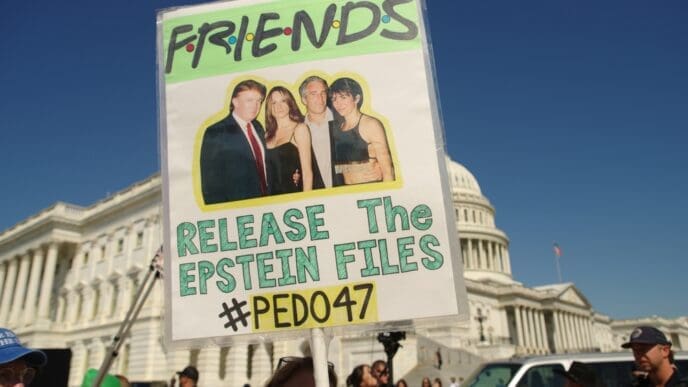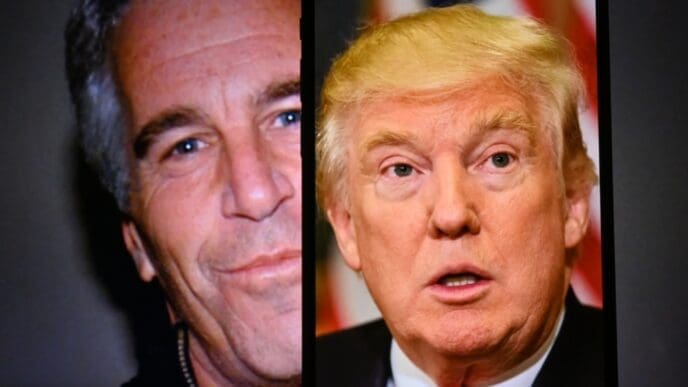Executive Summary
The Story So Far
Why This Matters
Who Thinks What?
President Donald Trump announced Monday that his legal team is preparing an executive order aimed at eliminating mail-in voting across the United States. The move follows his recent assertion that Russian President Vladimir Putin told him U.S. elections were “rigged because you have mail-in voting.” Trump made the announcement during a White House meeting with Ukrainian President Volodymyr Zelensky, stating that the order is being drafted by “the best lawyers in the country” to end what he described as “corrupt” mail-in ballots.
Push to End Mail-In Voting
Trump’s push to end mail-in voting raises significant questions regarding election access and potential federal overreach. Mail ballots have become a crucial method for millions of Americans to participate in elections, and efforts to restrict them could disproportionately affect voters who rely on the system for convenience or accessibility.
The debate also highlights broader concerns over misinformation surrounding election integrity. Courts have repeatedly rejected claims of widespread mail-in fraud, yet these narratives continue to influence policy discussions and public perception.
Claims of Fraud and International Practices
Days before his announcement, Trump claimed in an interview with Sean Hannity that President Putin told him the 2020 election “was rigged because you have mail-in voting.” Trump also falsely invoked former President Jimmy Carter as a critic of mail voting, asserting that Carter had said “you will never have an honest election if you have mail in it.” In reality, Carter supported expanding access to mail-in ballots during the COVID-19 pandemic, urging leaders to “expand vote-by-mail and other measures that can help protect the core of American democracy.”
Reiterating his stance, Trump posted on Truth Social that he intends to “lead a movement to get rid of MAIL-IN BALLOTS.” He also attacked “Highly ‘Inaccurate,’ Very Expensive, and Seriously Controversial VOTING MACHINES,” claiming they cost “Ten Times more than accurate and sophisticated Watermark Paper.” Trump further asserted that the U.S. is “now the only Country in the World that uses Mail-In Voting” and that “All others gave it up because of the MASSIVE VOTER FRAUD ENCOUNTERED.” This claim is inaccurate, as data from International IDEA indicates 34 countries permit some form of mail voting, with 12 allowing it for all voters and 22 restricting it to certain groups. Most European nations offer vote-by-mail, and over 100 countries allow citizens abroad to vote by mail.
Legal Hurdles and Constitutional Authority
Despite Trump’s assertions, U.S. courts have rejected numerous fraud allegations since the 2020 election, finding no evidence of widespread irregularities. Any attempt to eliminate mail-in voting through an executive order would face significant legal challenges. The U.S. Constitution grants states the authority over election procedures, meaning a presidential directive cannot unilaterally overturn existing state laws.
Trump’s stance also contrasts with his own voting history. In 2020, he and First Lady Melania Trump submitted vote-by-mail ballots in Florida ahead of the state’s primaries, which Palm Beach County confirmed receiving. He has since argued that states are “merely an ‘agent’ for the Federal Government” and must follow presidential orders on elections, an assertion that contradicts the Constitution’s delegation of election conduct authority to states.
Mail-In Voting Landscape in the U.S.
The use of mail-in ballots varies sharply across the United States. States like California, Colorado, and Oregon have long histories of conducting elections primarily by mail, often resulting in high voter turnout. In other states, such as Pennsylvania and Michigan, mail-in voting is widely used, with Democrats historically requesting more mail-in ballots than Republicans.
Conversely, Southern and some Midwestern states, including Texas and Georgia, report lower percentages of mail-in ballots, often due to stricter identification requirements and limited access to mail voting options. Eight states automatically mail ballots to all registered voters. Mail voting surged during the 2020 presidential election, when 43 percent of Americans cast ballots by mail, nearly double the rate from 2016. Use has since fallen, with about 32 percent of voters using it in 2022. Approximately 30 percent of all ballots cast in the 2024 U.S. presidential election were mail-in ballots, slightly down from the 2020 election but still higher than pre-pandemic levels.
The proposed executive order on mail-in voting highlights an ongoing political and legal battle over election procedures in the United States. While President Trump cites concerns over fraud and claims of rigged elections, his assertions are largely unsubstantiated by court findings and contradict established constitutional principles regarding state control over elections.

